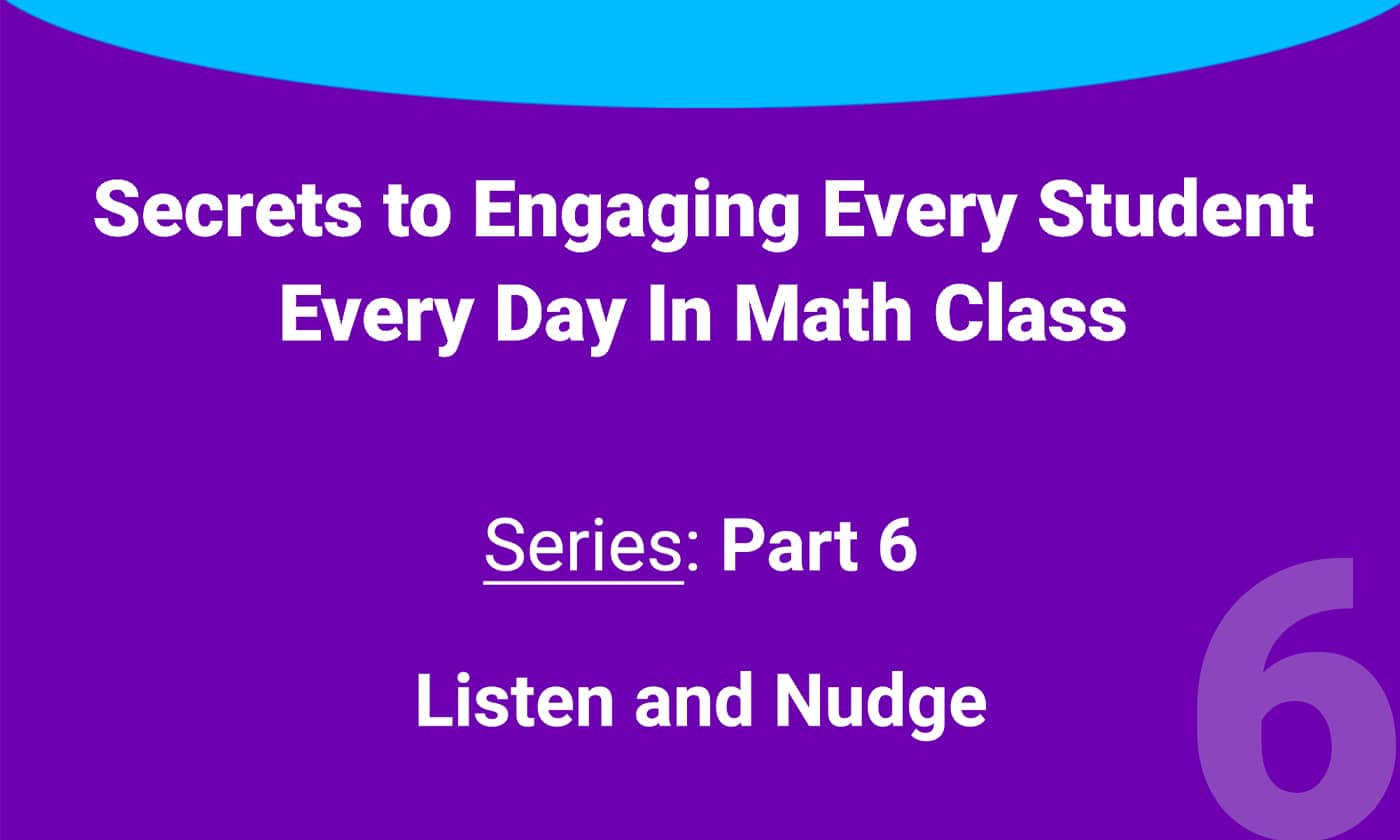
Irecently coined the phrase High Status/Low Risk share as an effective way to interrupt the status quo in the classroom in terms of which voices are considered “smart”. This move works well during turn and talk or small group work when I can listen in to the students at work. Even when I’ve carefully paired students to turn and talk, there is often still at least a pair or two that don’t talk or one partner that doesn’t say anything. These are often the same students that generally do not contribute during whole class discussions. I go to these students and gently invite them to contribute. If the students say something like, “I don’t know anything.” Or, “I don’t have anything to say,” I nudge them by giving them an entry point to get them started. Some children benefit from a gentle and encouraging nudge to share their thinking out loud with their classmates.
As an example, I once asked a class in the early part of their study of fractions to turn and talk about anything they knew about the fraction 1/8. There were two girls who were partnered who never spoke up in class and when it came to math. I noticed they were not saying anything to each other and I asked them, “Do you know the name of the fraction?” “Yes,” they both chimed in. “Do you know if it is bigger or smaller than ½? “Smaller.” Okay, what else do you know? They then relayed a few other basic and correct facts about 1/8 to me. I asked each student to pick one thing that was said in our brief exchange that they could say in the whole class discussion. I told them I thought what they had to say was so important I was going to ask them to speak first. In this way, I made sure that their contributions were not already stated by others. I told them I was proud of them.

It’s not always that easy. Sometimes a student still does not feel comfortable speaking in the whole group. If the child says, “No”, then I ask if I can share what was said and give them full credit. In that case, when we engage in the whole group discussion, I would say, “Sam shared something really important during the turn and talk that I want the whole class to hear.” I’ll share the first part of what Sam said and check in with him to make sure what I said matched what he shared. Then, I’ll invite him to participate by asking him, “What was that next part you said to me?” This is a soft invitation for the student to share this second piece out loud and some students will then feel confident enough to do so. In this way it’s almost like having a one-on-one conversation and seems to decrease the pressure. I publicly thank Sam for sharing his idea and later tell him that his contribution to the class was important. I invite him to share again tomorrow and offer to allow him to practice with me before I call on him if that would give him more confidence to share his own idea. With this kind of scaffolding, Sam will be sharing in small group and whole class discussions in no time.
Write to us about your techniques for getting reluctant learners or shy children to speak up in class. Or send us a question and we will do our best to answer it. We all need a nudge sometimes to push past our edge of comfort – our students need it too.
Metamorphosis Coach Linda Paparella

Secrets to Engaging Every Student
Every Day In Math Class
Previous Series: Part 1, Part 2, Part 3, Part 4, Part 5


0 Comments